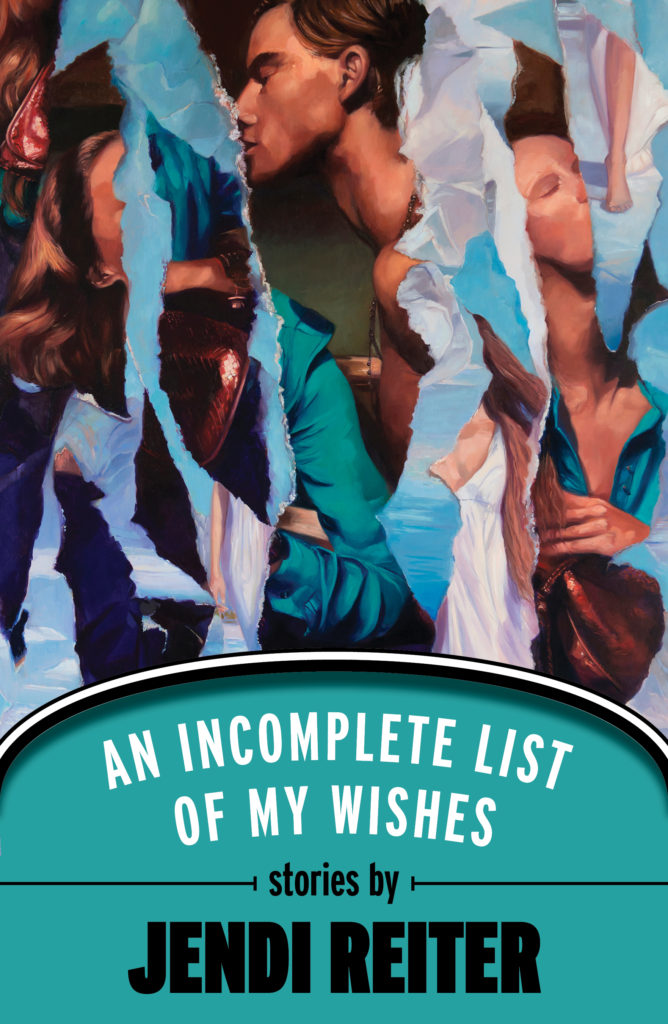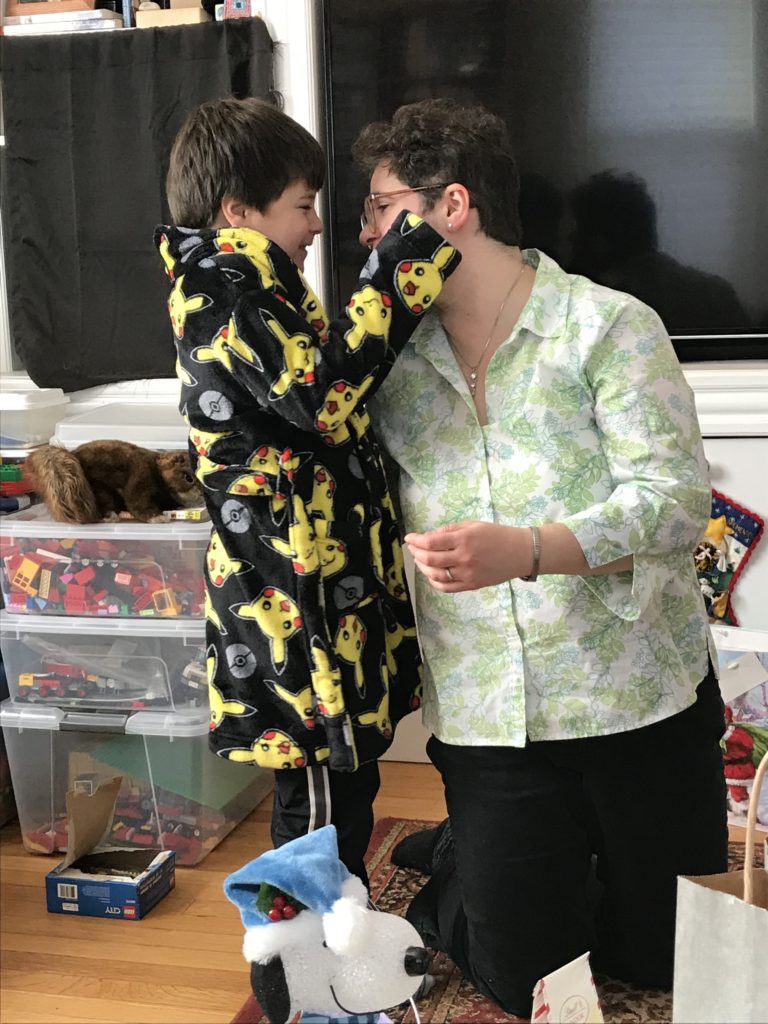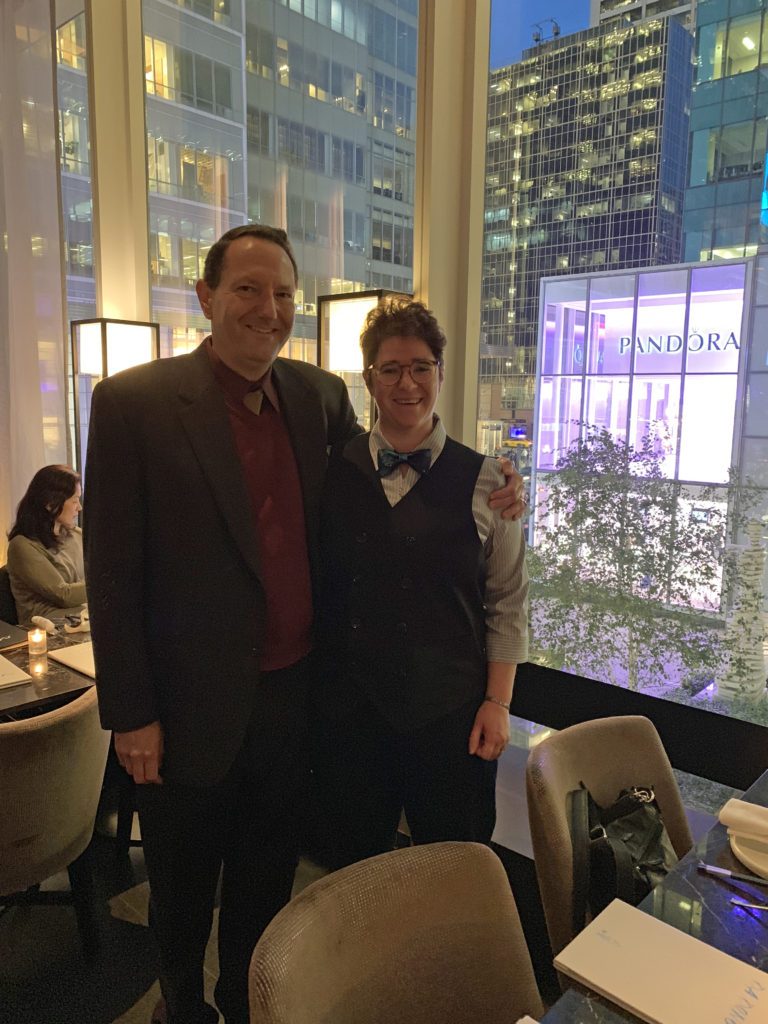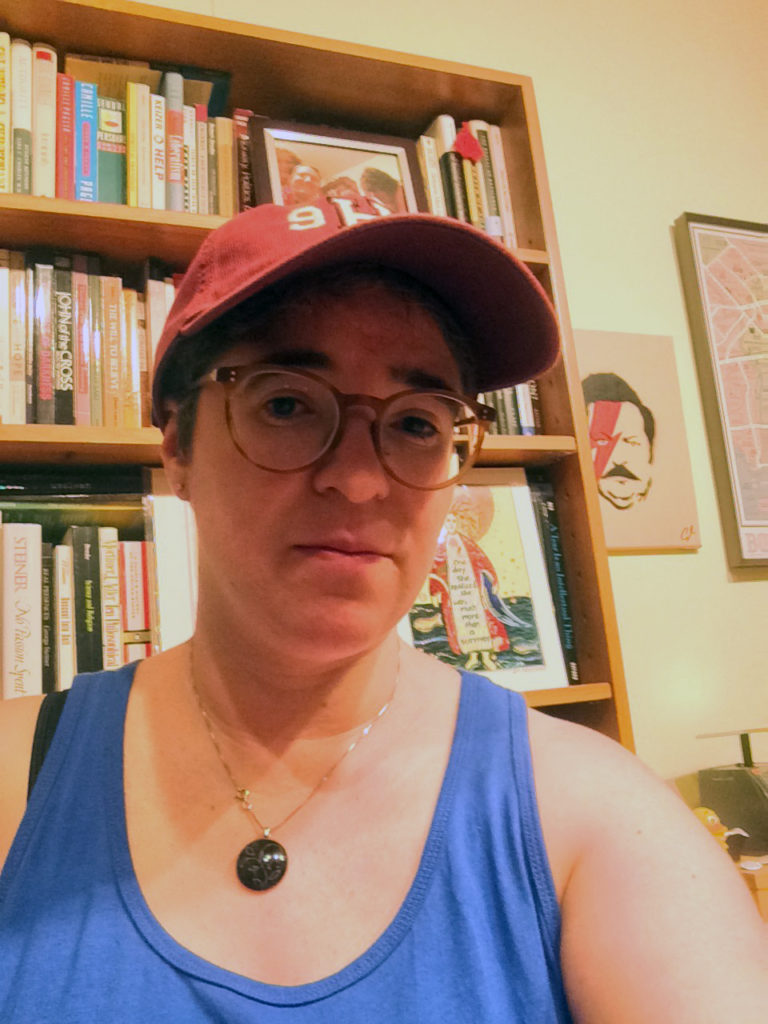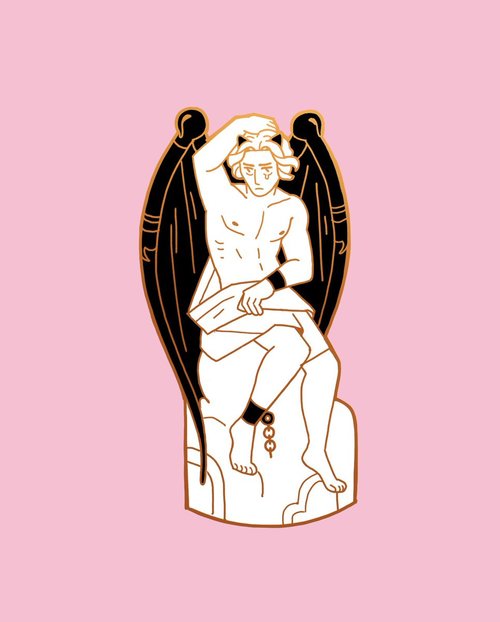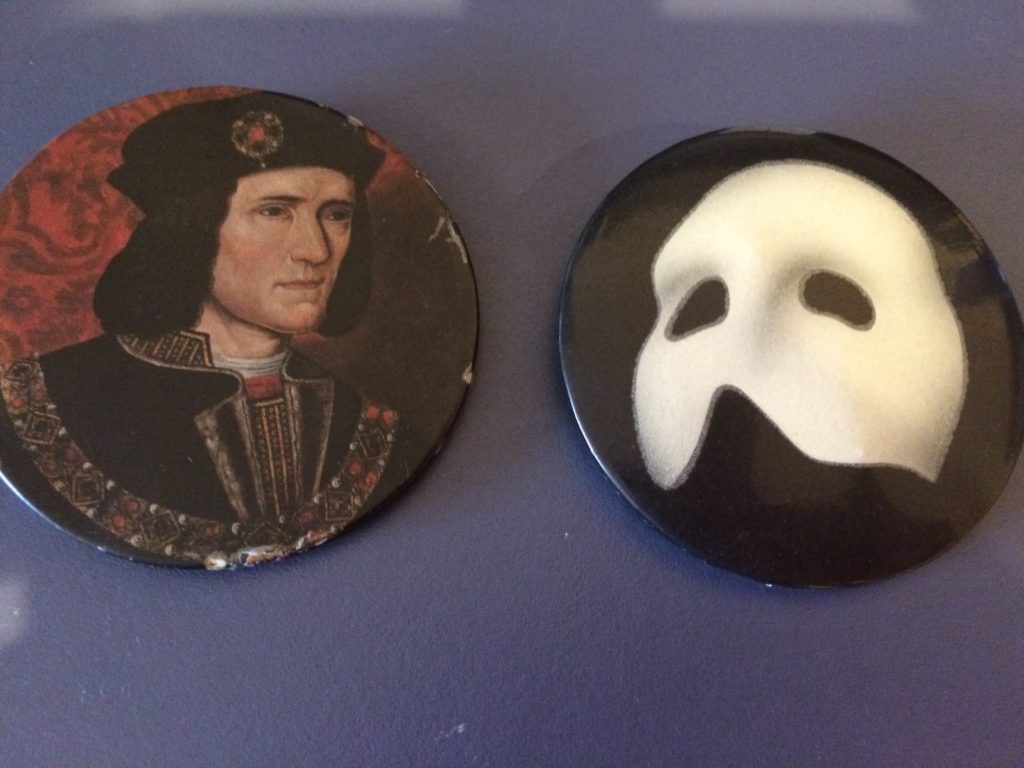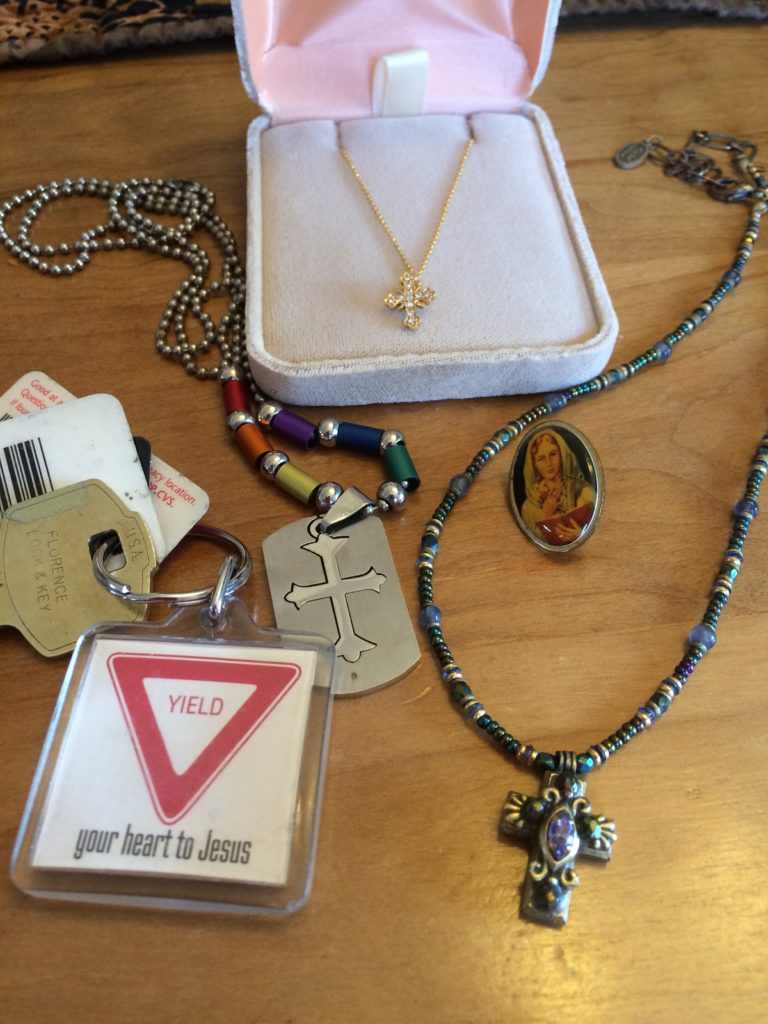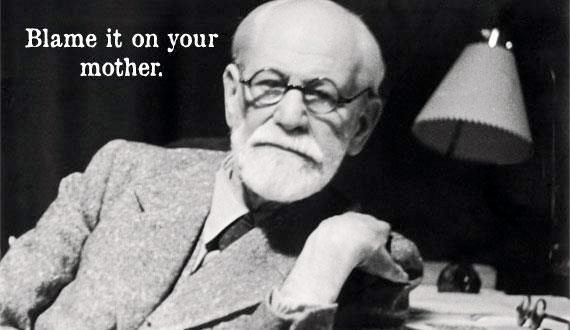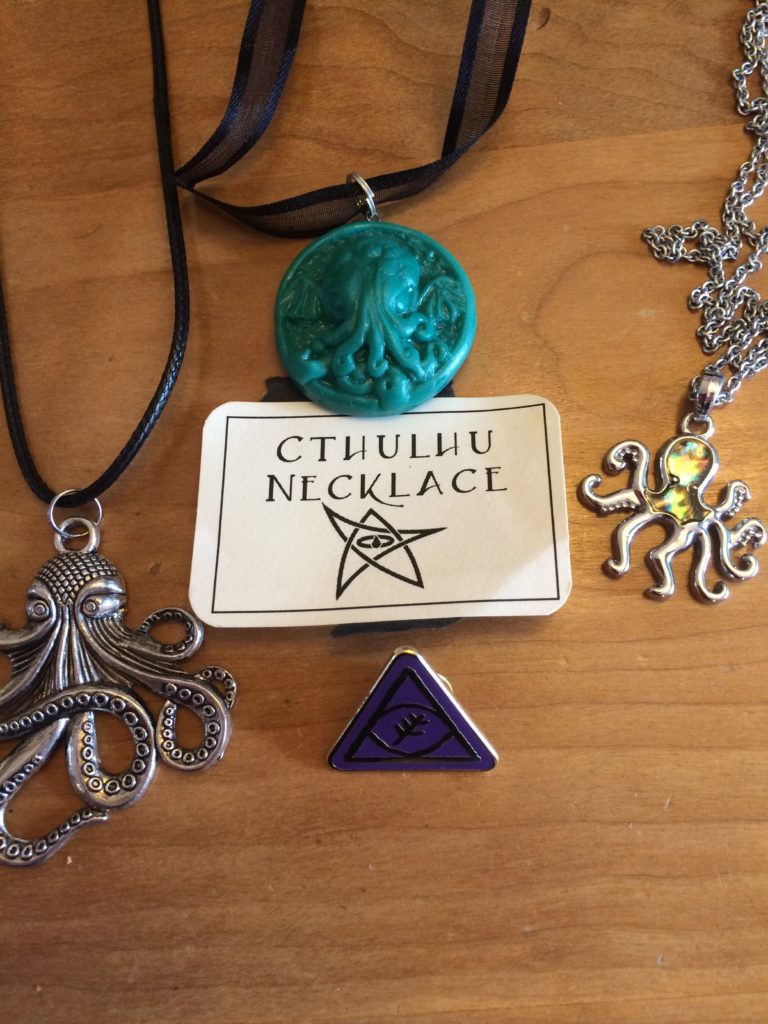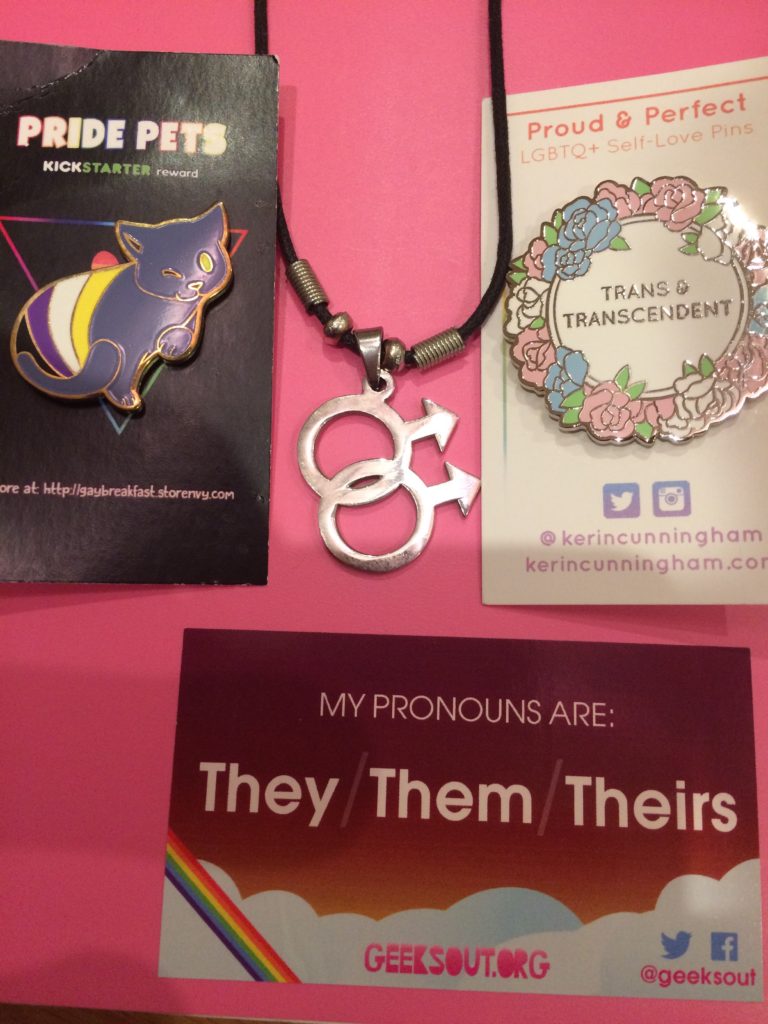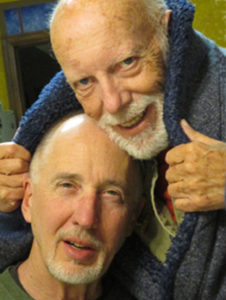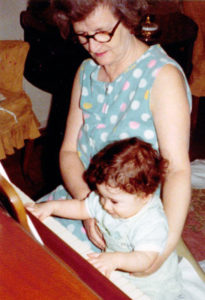October…my favorite season. The days turn cold and dark, the leaves change color, and Mr. Tech Support and I will be celebrating our 20th wedding anniversary. I am filled with an unusual sense of wellbeing because I sold three copies of my story collection at a Straw Dog Writers Guild reading last night and now have enough money to buy a new trans boi shirt from Androgynous Fox. (Speaking of which, this Dapper Boi button-down is the best. Make more colors!)
My forced exposure to psychological tests a decade ago convinced me that “personality” is a contestable concept. (A belief which, needless to say, did not improve my score.) The self is situational, changing over time, and wearing different personae depending on the norms and trust level in a given social setting. Attempting to quantify it as a fixed trait, like eye color, can erase the impact of interpersonal stressors and make the subject feel powerless to change.
Such caveats are thoroughly considered in “Who’s Got Personality?”, Deborah Chasman’s Boston Review interview with Merve Emre about her new book, The Personality Brokers: The Strange History of Myers-Briggs and the Birth of Personality Testing (Penguin Random House). Their dialogue explores reasons for the continued popularity of these unscientific metrics, the test creators’ struggles with women’s changing roles in the mid-20th century, and the gender and class hierarchies that the test perpetuates:
If you look at the statistics around the [thinking vs. feeling] indicator, it is true that women tend have a stronger preference for feeling than men. But what I think is so dangerous about MBTI is that it claims that those personality traits are innate; it naturalizes the feeling-work that women do when really it is often a function of much larger structural dynamics. That women were often tasked with doing the affective labor of social reproduction has very little to do with biology and everything to do with the way that the household has been set up and theorized as a private space—where feelings are managed—as opposed to the public space of material labor and of work…
…Not everybody gets the privilege of thinking of oneself as a unique individual, somebody who has a rich inner life or even a highly differentiated set of preferences that are worth talking about and classifying. Even before you get to typing people using the indicator, a type system has already sorted them—there are those who get to have access to personalities and those who don’t.
Today, still, by the logic of this particular indicator, people who are white and wealthy and powerful and male get to think of themselves as personalities. The indicator really works to perpetuate that. When I went to the reeducation program, one participant was this wonderful man, a college counselor from a small, Midwestern school, who was telling us that 70 percent of his students were first-generation immigrants, they were the first people in their families to go to college, they were overwhelmingly from lower-income households, many of them were women and students of color. He was telling the talent coach that for many of these students the questions on the test are simply inscrutable—they ask you to imagine these scenarios where, say, you are planning a vacation and you have to figure out whether you plan everything ahead of time or you just go spontaneously. Or at work, you have this huge project and your boss is a thinker and you are a feeler, so how do you go about making decisions. His students found the minds of those decision-makers impenetrably bourgeois. He asked the talent coach what he should tell them when they say they have never gone on vacation, never been able to afford to go on vacation, or that in their workplaces people don’t cooperate—they are just told what to do and to punch in and out. Her response was striking: well, this is the pool of success, and if they want to swim in it they just have to learn, they just have to acclimate themselves to this language, to these ideas. MBTI continues to be classed and raced and biased in all sorts of implicit ways. It was explicit in the ’40s. It is more implicit now.
For a more contrarian take on self-help, life coach Pace Smith recently blogged about a dangerous omission in spiritual talk about the virtue of love. In “Why I Hate Compassion”, she writes:
If you hang out with spiritual people (and you do), you’ll hear a lot of talk about compassion. Supposedly, it’s pretty awesome. If we can just practice infinite compassion for all beings at all times, we’ll reach enlightenment and all dance around as joyful radiant beings of light.
Take this Dalai Lama quote, for example:
“We must each lead a way of life with self-awareness and compassion, to do as much as we can. Then, whatever happens we will have no regrets.”
Does that make you feel peaceful? If so, you can stop reading now, and pass this article along to a friend who suffers from Infinite Compassion Syndrome.
If the quote makes you feel anxious, and makes you question whether you’re truly doing as much as you can, then I’m talking to you.
“Judge nothing, you will be happy. Forgive everything, you will be happier. Love everything, you will be happiest.” – Sri Chinmoy
Sounds great in theory, right?
But would you give this advice to a woman in an abusive relationship?
Would you tell her to forgive, to let go of judgment, and to love no matter what?
Yes, I know, I post a lot of links on this topic… If I have any consistent “personality”, it’s this: I can’t avoid probing for the weak spot, the thing that is left out, in any belief system. Is deconstruction a wounded trauma response? Was the neo-conservative phase of my teens and 20s an attempt to shore up fragments of absolutism against the inevitable ruins of whatever I trusted?
Back in those days, I was pro-life–largely because it scared me to think that my mother, or any mother, should have the power to decide whether I was a “person” or not. (Heck, she was never convinced of that after I was born.) But when I realized I didn’t trust the religious conservatives who shared my views, nor agreed with them on anything else, it caused me to question my position. Gabrielle Blair, who blogs at Design Mom, recently posted this Twitter thread (unrolled on her blog) with a convincing argument that the most ethical way to reduce unwanted pregnancies is to hold men responsible, commensurate with their real biological role in the problem. Excerpts:
Did you know that a man CAN’T get a woman pregnant without having an orgasm? Which means that we can conclude getting a woman pregnant is a pleasurable act for men.
But did you further know that men CAN get a woman pregnant without HER feeling any pleasure at all? In fact, it’s totally possible for a man to impregnate a woman even while causing her excruciating pain, trauma or horror.
In contrast, a woman can have non-stop orgasms with or without a partner and never once get herself pregnant. A woman’s orgasm has literally nothing to do with pregnancy or fertility — her clitoris exists not for creating new babies, but simply for pleasure.
No matter how many orgasms she has, they won’t make her pregnant. Pregnancies can only happen when men have an orgasm. Unwanted pregnancies can only happen when men orgasm irresponsibly.
What this means is a women can be the sluttliest slut in the entire world who loves having orgasms all day long and all night long and she will never find herself with an unwanted pregnancy unless a man shows up and ejaculates irresponsibly.
Women enjoying sex does not equal unwanted pregnancy and abortion. Men enjoying sex and having irresponsible ejaculations is what causes unwanted pregnancies and abortion…
…Stop protesting at clinics. Stop shaming women. Stop trying to overturn abortion laws. If you actually care about reducing or eliminating the number of abortions in our country, simply HOLD MEN RESPONSIBLE FOR THEIR ACTIONS.
What would that look like? What if there was a real and immediate consequence for men who cause an unwanted pregnancy? What kind of consequence would make sense? Should it be as harsh, painful, nauseating, scarring, expensive, risky, and life-altering…
… as forcing a woman to go through a 9-month unwanted pregnancy?
In my experience, men really like their testicles. If irresponsible ejaculations were putting their balls at risk, they would stop being irresponsible. Does castration seem like a cruel and unusual punishment? Definitely.
But is it worse than forcing 500,000 women a year to puke daily for months, gain 40 pounds, and then rip their bodies apart in childbirth? Is a handful of castrations worse than women dying during forced pregnancy & childbirth?
Put a castration law on the books, implement the law, let the media tell the story, and in 3 months or less, tada! abortions will have virtually disappeared. Can you picture it? No more abortions in less than 3 months, without ever trying to outlaw them. Amazing.
For those of you who consider abortion to be murder, wouldn’t you be on board with having a handful of men castrated, if it prevented 500,000 murders each year?
And if not, is that because you actually care more about policing women’s bodies, morality, and sexuality, than you do about reducing or eliminating abortions? (That’s a rhetorical question.)
At the cultural webzine Popula, Sarah Miller reflects on the dangers of going along to get along, in “The Movie Assassin: How ‘The English Patient’ almost ruined my life”. As a young film critic at a Philadelphia newspaper, Miller thought the much-hyped movie was pretentious and dull (I agree), but her mentors insisted that any smart person should love it, and leaned on her to write a positive review. She did, and moved on to a successful freelance career writing things she didn’t really care about, until one day the money dried up and she had an epiphany:
I thought a lot about my lying review of that racist, boring, laughable, pseudo-intellectual movie. I thought about how at the time, I was proud of myself for having the courage to make shit up because I was afraid to disagree with someone I wanted to impress, and also afraid of not making money. That one decision had led to a lot of other similar ones and had eventually ended up as an agreement with myself to spend over 10 years of my life being a different person than the one I had planned on being and feeling smug about being good at writing crap and then even actually starting to think the crap was good because of the money I was given to produce it. I look at all the people in tech who are convinced they are saving the world, that what they do matters. When the money goes, and it will, that feeling will go with it.
If you write thousands of sentences that have absolutely nothing to do with what you think or feel those sentences are still what you will become. You can turn yourself into another person. I turned myself into another person…
…It often strikes me that it is considered immature to be unable to believe bullshit. Think about the word globalization. It doesn’t mean cultures mixing, fusion cuisine, or a fun wedding of a rich Sri Lankan to a poor Swede. It doesn’t even mean free markets. It means access to new markets and especially access to cheap labor so rich people can make more money. That is all it means. If you happen to gain from side effects (see fusion cuisine, above) you might want to notice what everyone else, including you, is losing. But try saying that at a dinner party. Everyone would just feel sorry for you.
I just can’t stop thinking of—hmmm—The English Patient. This was a movie about good looking mostly white people talking complete rubbish to each other, the end. But it was based on a LITERARY NOVEL with LONG SENTENCES using BIG WORDS. It had RESPECTED ACTORS. PEOPLE DIED in it. Also, WORLD WAR II WAS THERE. Everyone had agreed to care about this thing, to call it good, to give it nine Academy Awards. But it was just a piece of shit sprinkled with glitter that everyone, including me, agreed to call gold.
Everyone talks about the country falling apart in November 2016, but maybe it fell apart in November 1996, when America went to see The English Patient. What if we had all turned to each other and said, “This garbage is our idea of rave-worthy cinema? Anyone else see a big problem here?”, and then there had been a massive riot?
Becoming poor was such a small price to pay to stop being so fucking dumb. I used to hear the saying “Politics is the art of the possible” as benignly self-evident. Now I know it is chastising, smug, and cruel. It’s not about cooperation. It is about agreeing that some people’s lives don’t matter. If you hear anything else in that saying, you’ve never wished you could just die because you couldn’t figure out how to make money.
Want to discover two great poets who understand why writing matters? Check out this conversation betwen Kaveh Akbar and Danez Smith in Granta. At the time, both were shortlisted for Britain’s prestigious Forward Prize, which Smith won. Akbar’s Calling a Wolf a Wolf (Alice James Books, 2017) is a lyrical meditation on recovery from alcoholism, in dialogue with the Persian mystical tradition of his ancestors. Smith’s Don’t Call Us Dead (Graywolf, 2017), a fierce and tender book on being black and HIV+ in America, combines the energetic rhythms of performance poetry with the complexity of literature on the page. As the editor of Divedapper, Akbar is also an extremely generous promoter of other contemporary poets. Follow him on Twitter to find your next favorite poem. In the Granta piece, I especially loved Smith’s discussion of the challenges of writing a joyful book (his forthcoming collection Homie):
I turned to my favorite writers of joy: Ross Gay, Lucille Clifton, Aimee Nezhukumatathil, Angel Nafis, Pablo Neruda, Toni Morrison. I turned to Marvin Gaye and Patti LaBelle and all the folks I dance and sing too. I learned two things I think. One was to allow some more grief into the poems, not to sully the joy, but for the grief to be comforted. I think in my two previous collections grief led while joy attempted to triumph. I think that is surely a fine way to write joy. We all love an anthem and anthems require a little blood. With this collection, I think joy is the center and grief seeks out joy as a place of respite. Some of the drafts at some point felt a little cheesy, so I had to dig a little deeper into that brightness I distrusted and find what was being confessed. I think poems confess something. The second thing I learned was to surrender to ecstasy.
May we all write in such a way that our grief can be comforted.
